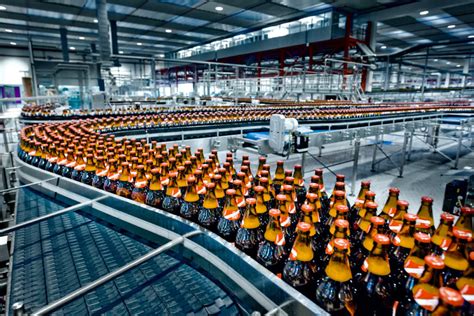The Complete Guide to Recipes in the Food and Beverage Industry
The food and beverage industry is a massive and dynamic sector, constantly evolving with new trends and technologies. At its heart, however, lies the recipe – the foundation upon which every successful product is built. This comprehensive guide will delve into the crucial aspects of recipe development and management within the F&B industry.
Understanding the Importance of Recipes
A well-crafted recipe is more than just a list of ingredients and instructions. It's a precise blueprint that ensures:
- Consistency: Maintaining consistent product quality across all batches and locations is paramount. A detailed recipe guarantees every item tastes and looks the same, regardless of who prepares it.
- Cost Control: Accurate ingredient measurements minimize waste and optimize procurement, directly impacting profitability.
- Quality Control: Standardized recipes make it easier to identify and address inconsistencies or issues in the production process.
- Food Safety: Precise instructions regarding handling, preparation, and cooking temperatures are crucial for ensuring food safety and minimizing risks.
- Scalability: Recipes need to be easily scaled up or down to meet fluctuating demand without compromising quality.
Key Components of a Comprehensive Recipe
A professional food and beverage recipe should include more than just a simple list of ingredients. Consider these elements:
- Yield: Specify the amount of the finished product the recipe produces (e.g., number of servings, weight, or volume).
- Preparation Time: Estimate the time required for prep work.
- Cooking Time: Estimate the cooking or baking time.
- Total Time: The sum of preparation and cooking time.
- Ingredient List: List all ingredients with precise quantities and units of measurement (grams, milliliters, cups, etc.). Specify quality and grade where necessary (e.g., "extra virgin olive oil").
- Instructions: Clear, concise, and step-by-step instructions are crucial. Use precise language and avoid ambiguity. Include visual aids like diagrams or flowcharts if helpful.
- Storage Instructions: Detail how to properly store the finished product to maintain quality and extend shelf life.
- Costing: Calculate the cost of ingredients per unit to assist in pricing strategies.
- Nutritional Information: Providing nutritional information (calories, fat, protein, etc.) is important for labeling and consumer awareness.
Recipe Development Process
Creating a successful recipe involves a structured process:
- Concept Development: Define the product's purpose, target market, and desired characteristics (taste, texture, appearance).
- Ingredient Selection: Choose high-quality ingredients that align with the concept and budget. Consider sourcing and sustainability.
- Recipe Formulation: Experiment and refine the recipe to achieve the desired taste and texture. This often involves multiple iterations.
- Testing and Evaluation: Thoroughly test the recipe to ensure consistency and quality. Gather feedback from taste testers and make adjustments as needed.
- Standardization: Document the finalized recipe precisely and accurately for consistent replication.
- Documentation and Control: Use a recipe management system to store, update, and control access to recipes.
Recipe Management Systems
In a professional setting, managing recipes effectively requires a robust system:
- Digital Recipe Management Software: Software solutions provide a centralized repository for storing, organizing, and sharing recipes.
- Version Control: Track changes to recipes and maintain a history of revisions.
- Access Control: Restrict access to recipes based on user roles and permissions.
- Reporting and Analytics: Generate reports on recipe costs, ingredient usage, and other relevant metrics.
By following these guidelines and implementing a robust recipe management system, food and beverage businesses can ensure consistency, optimize costs, and maintain the high quality their customers expect. Remember, the recipe is the cornerstone of success in this dynamic industry.
